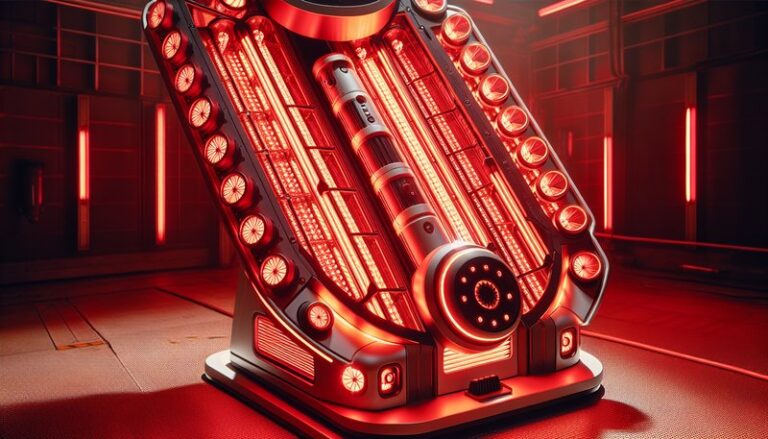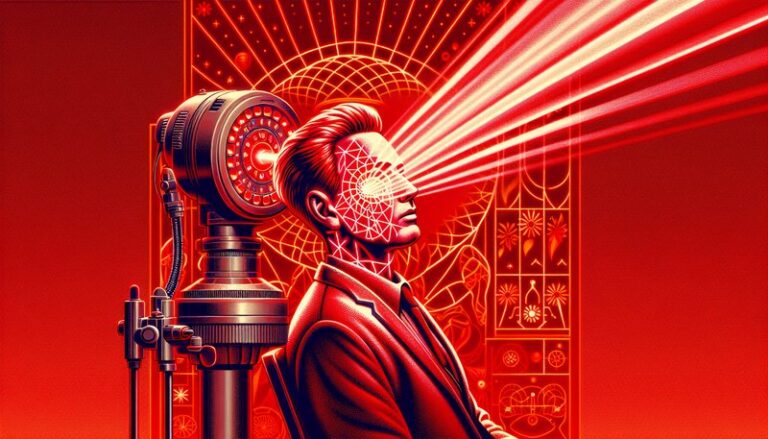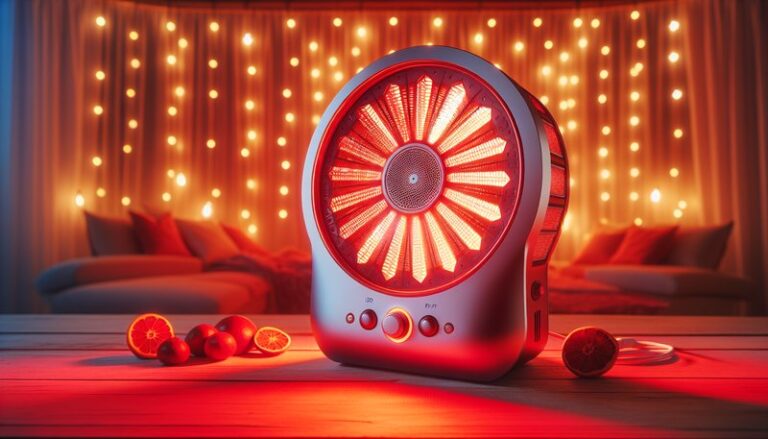Is Red Light Therapy The Same As Laser Therapy?
Is Red Light Therapy The Same As Laser Therapy?
Is there a difference between red light therapy and laser therapy, or are they just variations of the same treatment?
In this article, we will explore the distinctions between red light therapy and laser therapy, examining their definitions, benefits, uses, and alternative options. By the end of this article, you will have a clearer understanding of these therapies and their applications in wellness and medical treatments.
Key Takeaways
- Red light therapy and laser therapy utilize different wavelengths of light to achieve their effects.
- While both therapies can promote healing and anti-inflammatory effects, they work through different mechanisms.
- Understanding the distinctions can help determine which treatment is better suited for specific health needs.
What is Red Light Therapy?
Red light therapy (RLT) refers to a treatment that exposes the skin to low levels of red or near-infrared light. This therapy harnesses specific wavelengths of light to promote cellular regeneration, reduce inflammation, and enhance healing processes.
The Mechanism of Action
Red light therapy works by penetrating the skin to stimulate the mitochondria, the powerhouse of the cell, enhancing energy production in the form of ATP (adenosine triphosphate). This increase in energy facilitates various biological processes, including tissue repair and reduced inflammation.
Common Applications
RLT is commonly used for:
- Skin rejuvenation
- Pain management
- Wound healing
- Hair growth stimulation
What is Laser Therapy?
Laser therapy, on the other hand, employs concentrated beams of light at specific wavelengths to target tissues more precisely. The term “laser” stands for Light Amplification by Stimulated Emission of Radiation, and it entails a more focused light application compared to red light therapy.
Types of Laser Therapy
Laser therapy can be categorized into:
Read our exploration of Does Red Light Therapy Work?
- Low-Level Laser Therapy (LLLT): Similar to red light therapy but uses lasers with lower intensity.
- High-Intensity Laser Therapy (HILT): Involves stronger laser beams that penetrate deeper into tissue for targeted treatment.
Uses of Laser Therapy
Laser therapy is often used for:
- Treating specific medical conditions (e.g., carpal tunnel syndrome)
- Cosmetic procedures (e.g., hair removal, skin resurfacing)
- Pain management
What are the Benefits of Red Light Therapy?
Red light therapy offers a variety of advantages that have made it increasingly popular in wellness practices and clinical settings.
Enhanced Healing
RLT can significantly speed up the healing process by promoting tissue repair and regeneration, making it beneficial for athletes or individuals recovering from injuries.
Pain Reduction
Many individuals experience reduced pain and inflammation following RLT sessions, particularly those suffering from chronic pain conditions or postoperative discomfort.
Skin Health Improvement
RLT can improve skin texture and tone, reduce the appearance of wrinkles, and even promote hair growth in certain cases.
Non-invasive Treatment
Unlike surgical interventions, RLT is non-invasive, making it a low-risk option for many individuals seeking alternative therapies.
Is it Possible to Use Red Light Therapy Instead of Laser Therapy?
In some cases, individuals may consider using red light therapy as an alternative to laser therapy. However, the feasibility of this decision depends on the specific condition and treatment goals.
Advantages of Choosing RLT Over Laser Therapy
- Wider Applicability: RLT can be applied to a broader range of conditions without the need for precision targeting.
- Lower Risk: The non-invasive nature of RLT generally carries fewer risks and side effects compared to laser therapy.
Disadvantages of Choosing RLT Over Laser Therapy
- Depth of Penetration: RLT may not penetrate as deeply as some laser therapies, which could limit its effectiveness for certain conditions.
- Longer Treatment Times: RLT may require multiple sessions over time, whereas laser therapy might provide quicker results for certain issues.
What are the Things to Consider Before Choosing a Treatment?
When deciding between red light therapy and laser therapy, it’s important to weigh several key factors.
Treatment Goals
Understanding your specific health or cosmetic goals can guide you in selecting the appropriate therapy.
Medical Conditions
Certain medical conditions may respond better to one treatment type over the other, necessitating a conversation with a healthcare provider.
Safety and Side Effects
Assessing potential risks and side effects is critical when choosing a therapy, particularly for individuals with sensitive skin or underlying health issues.
What are the Alternatives to Red Light and Laser Therapy?
Various alternatives are available for those considering light therapies but seeking different options.
Photodynamic Therapy
This treatment involves the use of photosensitizing agents and light exposure to destroy abnormal cells. It’s commonly used in dermatology for skin cancer treatment.
Ultrasound Therapy
Ultrasound therapy uses sound waves to promote tissue repair and relieve pain, serving as a non-invasive alternative with similar goals as light therapies.
Find all the details in Does Red Light Therapy Provide Vitamin D?
Electromagnetic Field Therapy
This alternative therapy utilizes electromagnetic fields to promote wound healing, reduce inflammation, and alleviate pain, complementing the benefits of RLT and laser therapy.
Conclusion: Is it Recommended to Choose One Therapy Over Another?
Choosing between red light therapy and laser therapy largely depends on individual health needs, treatment goals, and the conditions being treated. Both therapies offer unique benefits, and a thorough consultation with a medical professional can aid in determining the most suitable option. Ultimately, both red light therapy and laser therapy have their place in modern treatment protocols, and understanding their differences can empower individuals to make informed decisions about their health.
Frequently Asked Questions
What Conditions Can Red Light Therapy Treat?
Red light therapy is effective for various conditions such as acne, joint pain, muscle injuries, and signs of aging.
Is Red Light Therapy Safe for Everyone?
While RLT is generally considered safe, individuals with certain medical conditions or skin sensitivities should consult a healthcare provider before starting treatment.
How Often Should I Use Red Light Therapy?
Frequency varies based on the condition being treated; generally, sessions can range from 2 to 5 times per week for optimal results.
Can I Use Red Light Therapy at Home?
Yes, there are numerous at-home devices available for red light therapy, although professional devices are typically more potent and effective.
Are Results from Laser Therapy Immediate?
Results can vary, but many experience immediate improvements after laser therapy sessions, especially for cosmetic procedures.






